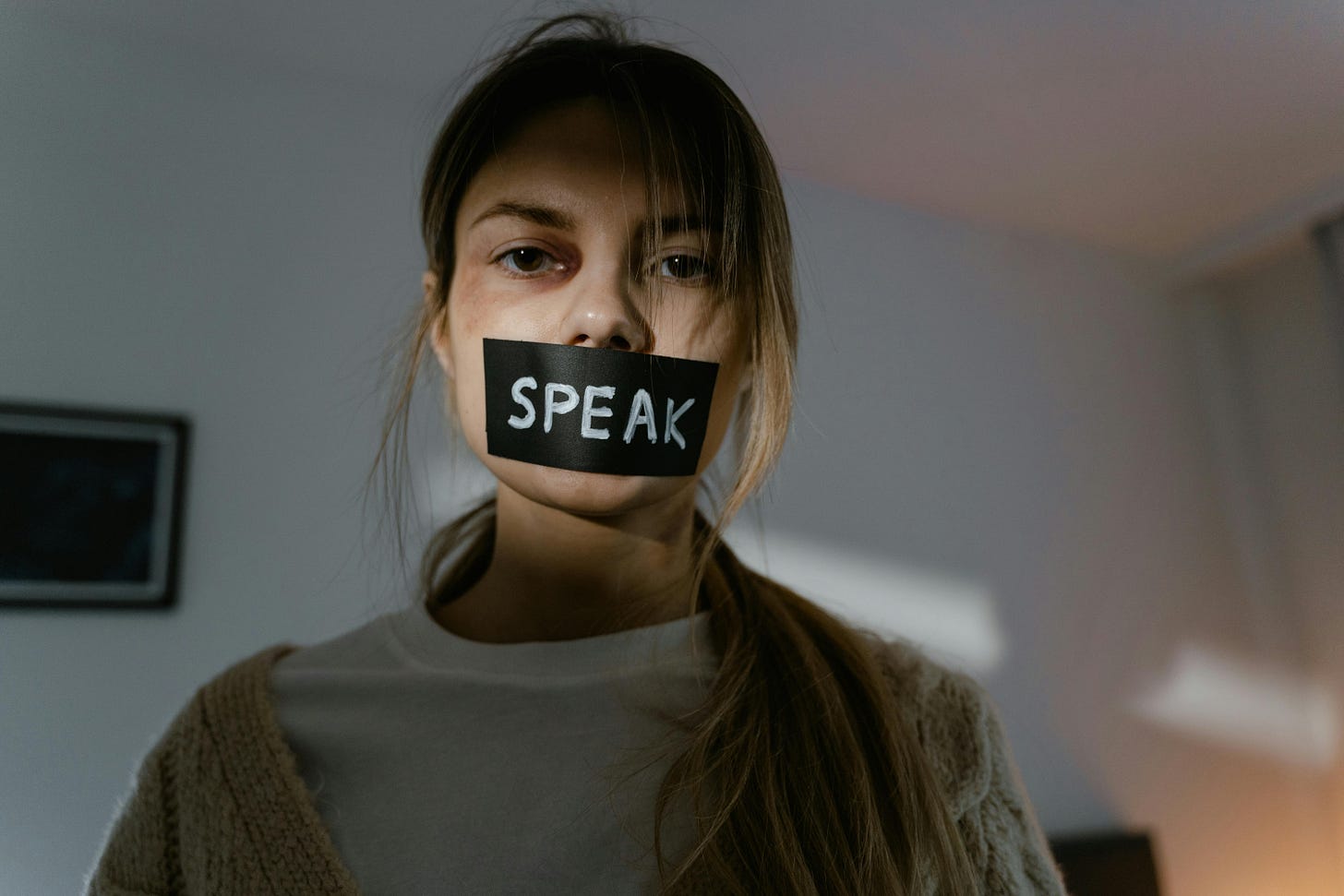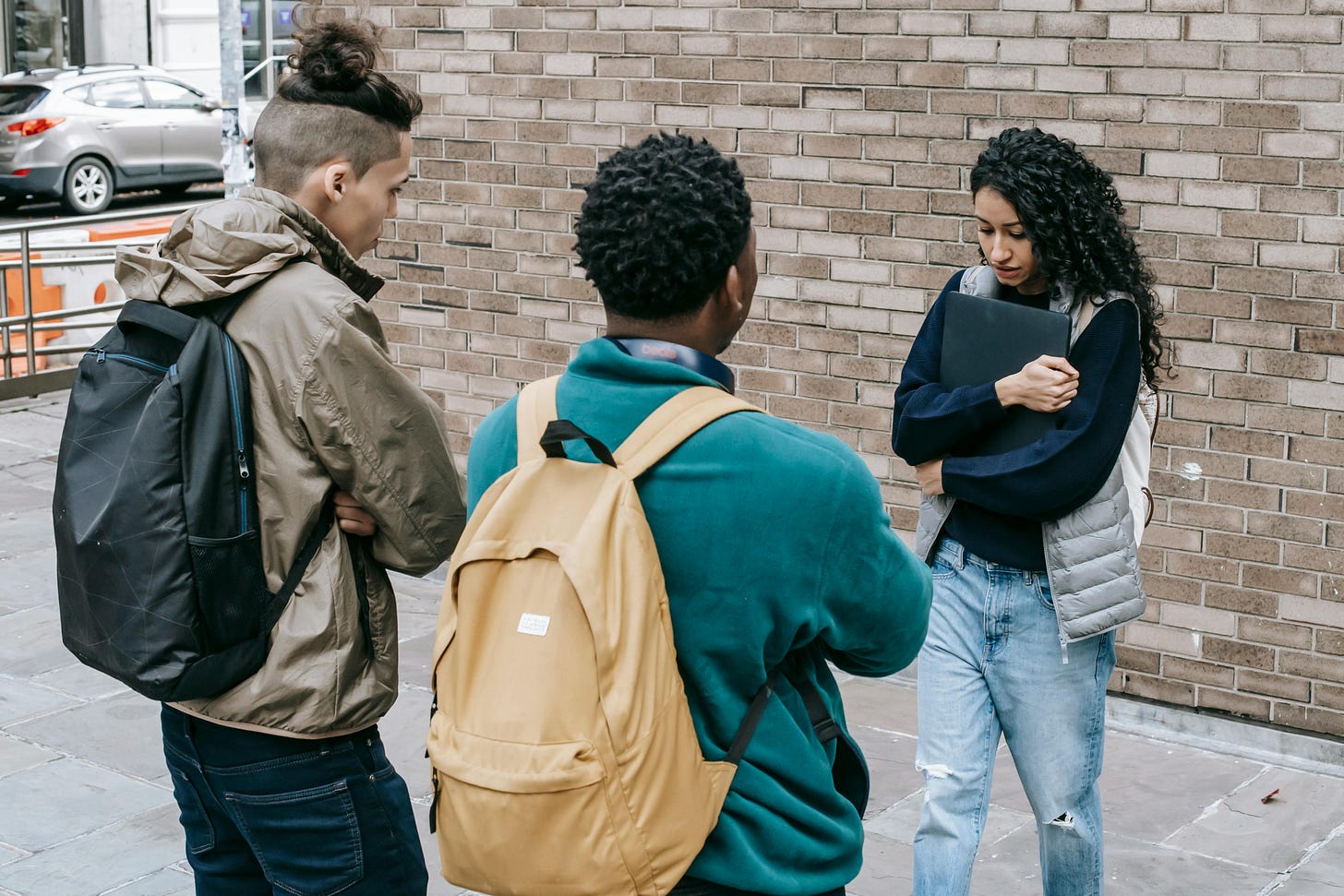The Manipulation & Coercive Control Survival Guide: Spotting Signs, and Taking Back Control
Can you spot the patterns of manipulative people?
Have you ever been in a relationship that used coercive control?
CONTENT WARNING: Coercive control, manipulation, and abuse
Welcome back to another Founding Member Friday!
Twice each month on Friday (sometimes on Thursdays or Saturdays), I put out an exclusive post like this one (often on a more intimate and personal topic OR featuring some of the training materials I’m teaching) that will be brought to you by and for our Founding Members.
The first part of this post is always free to everyone on Substack, but the end is reserved only for our Founding Members, as a token of our appreciation for their extra support that makes this blog possible.
When I am scheduling this post, we have thirty-one Founding Members!
I won’t put them on the spot today, but you know who you are. I can’t thank you enough for your support.
Some types of violence leave no physical marks on a person.
Because the harm done by coercion and control is not seen, it can be easier to ignore - but that doesn't make mental harm less deadly than physical harm.
Coercive control is when one person uses coercion, emotional and psychological torture, manipulation, gaslighting, lies, and other abusive tactics to dominate, manipulate, and exploit another person (into making choices and doing things they wouldn't normally do under their own free will) for personal gain. This type of abusive control can involve a range of tactics, including emotional manipulation, isolation, threats, intimidation, and economic exploitation, aimed at eroding a person's self-esteem, autonomy, and freedom.
These types have no problem taking advantage of people, stepping on people (metaphorically and even physically) to lift themselves up (at the disregard and expense of others).
Types of Coercive Control
Coercion, manipulation, and abusive control can manifest in many different relationship types.
Some common examples people think of are friendships (toxic friendships, fake friends, "frenemies," peer pressure), family (parental control, sibling manipulation), and romantic relationships. However, coercion and manipulation aren't limited to our personal and intimate relationships.
For example, many people are coerced into agreeing to things they don't want to agree to regularly at their workplaces (bullying, harassment, exploitation).
There is also online exploitation (cyberbullying, catfishing, online harassment), as well as financial coercion and exploitation that people can fall into.
All of the different types of exploitation, coercion, manipulation, and abuse cause harm to the person being coerced.
However, intimate partner and family violence (where the person is stuck living in a home 24-7 with an abuser) is most widely spoken about -possibly due to the sometimes lethal (and often self-esteem-crushing) outcomes associated with this type of abuse.

It is good to learn how to recognize and address coercive control (especially if you're vulnerable to it).
There have been numerous studies on Autistic experiences of victimization and interpersonal violence over the years.
A quick Google Scholar search will bring up much research on the topic.
Perhaps, not surprisingly, Autistic women and AFAB (assigned female at birth) people have even higher rates of abuse and violence than non-autistic women and AFAB people.
I, myself, am an Autistic AFAB Person who's experienced coercive control and violence at the hands of "trusted people" multiple times in various types of relationships (with family members, numerous friendships, multiple past romantic partners, and in several workplaces).
Every time it happens, I feel so angry at myself for "letting my guard down” and “letting it happen again," I swear I will "never let it happen to me again."
Society has me so well-trained that I even victim-blame myself.
I fear I won't be able to keep my promise.
I worry because I know I've said these words to myself in the past (before every other time this has happened to me).
It's tricky because I believe "we should assume good intentions" with people. However, for most of my life, I was missing the "until they show you otherwise" piece that should have been placed at the end of the first phrase (so it would read "We should assume good intentions until people show us otherwise)… so I never learned (until relatively recently) that I should be looking for "red flags."
Unlearned skills I still struggle to master, looking for patterns and signs that help to make sense of the cruelty and pain I’ve experienced in my life.



